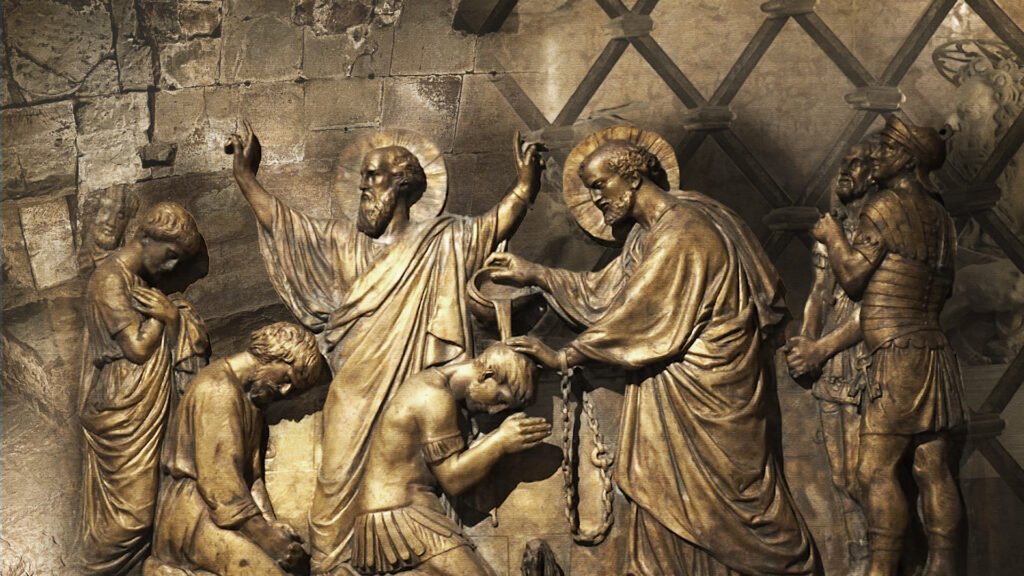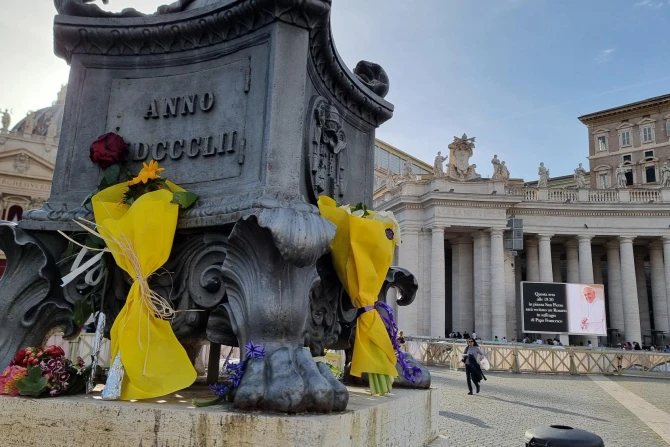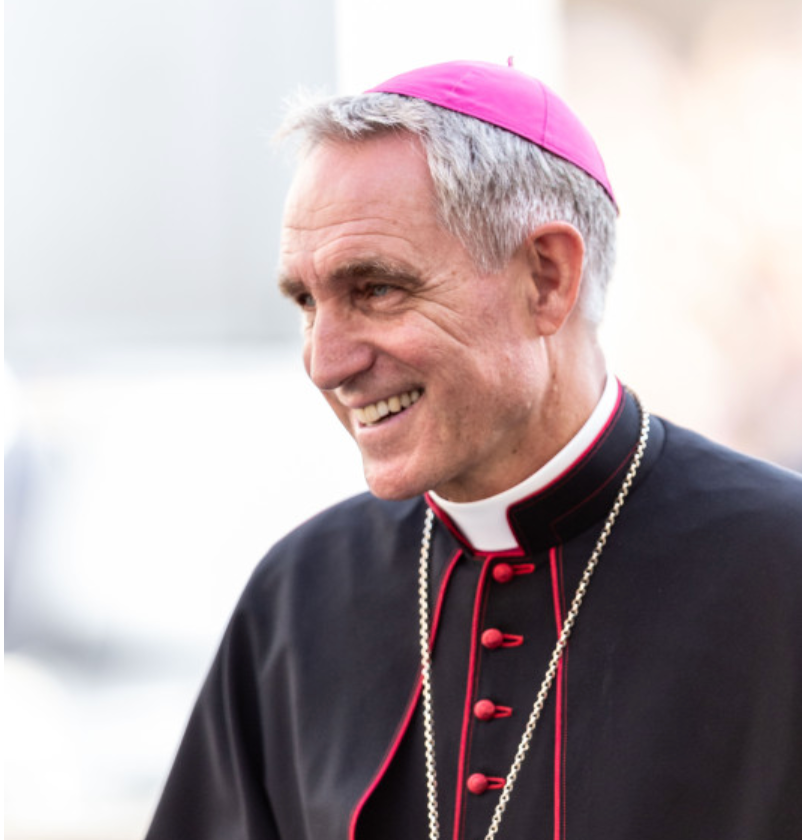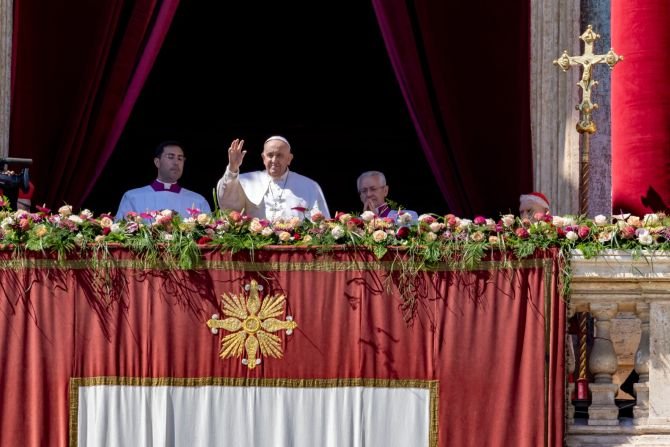The oldest maximum security prison in the Roman Empire
Hidden beneath the church of San Giuseppe dei Falegnami, amid the ruins of ancient Rome, is the city’s oldest maximum security prison: Carcere Mamertino. Located at the foot of the epicentre of the Roman Empire, opposite the Forum Romanum – the heart of public life – it was a clear symbol of Rome’s inexorable justice towards its enemies.
Father John D’Orazio of Opera Romana Pellegrinaggi, which cares for the faithful by organising pilgrimages for the Diocese of Rome, explains: “Enemies of the state in ancient Rome were locked up in this prison. It was not a prison for petty thieves, but for enemies of the state, for the most important people. They wanted people to see that these people were tortured and sentenced to death here.”
Among the many historical figures condemned to death by starvation, strangulation or beheading in the Mamertine Prison, it is worth mentioning Jugurthas, king of Numidia, and the Gaulish leader Vercetorix, who were publicly executed by strangulation in 104 and 46 BC respectively.
Imprisonment of Saints Peter and Paul
Accused of treason for refusing to ascribe absolute power and divinity to the Roman emperor Nero, this is also the prison where Saints Peter and Paul were held before their martyrdom. Despite the harsh conditions of their imprisonment, Christian tradition mentions a miraculous event that took place on the deepest level of the prison, “as a sign of God’s blessing and mercy on the martyrs during the conflict.”
Father John explains: “Peter managed to bear witness to the Gospel even here in Mamertine Prison to his guards who were guarding him. He managed to tell them about the Gospel and they listened to his words and took the message of the Gospel into their hearts. They wanted to be baptised, but there was no water to do so. So Peter miraculously brought water and was able to use it to baptise them. These prisoners were called Trial and Martiniano. In this way they themselves became martyrs for the Gospel.”
After being baptised, both apostles were arrested, tortured and beheaded by order of the Emperor Nero. The apostles also suffered a similar fate.
After their imprisonment, tradition has it that St Peter was crucified upside down in Nero’s circus on the Vatican Hill, where the obelisk known as “The Witness” stands today
St Paul is said to have been beheaded because Rome would not allow its citizens to be crucified. His severed head is said to have rebounded three times, miraculously giving rise to a spring of water each time it touched the ground. This is why the site is known as “Saint Paul at the Three Fountains”
“Peter and Paul showed great courage in their martyrdom: embracing the cross, embracing the cross in their lives, not just individually, but together,” – notes Father John. “Peter and Paul, who had very different personalities, different approaches, different charisms, nevertheless had great respect for each other and ultimately shared the experience of martyrdom here in Rome.”
Whether or not the Mamertine Prison was the actual place of imprisonment of Saints Peter and Paul, their lives and deaths are undoubtedly a testimony of persevering faith.
A legacy of courage and faith
“The martyrs,” concludes Father John, “give us an example of great courage and of standing up for what is right and true. Martyrdom is an act of great love. “Peter, do you love me? Are you willing to give your life for me?” So martyrdom is a story not only of defending the Truth, but also of great love, of giving one’s life for God and one’s neighbour.”
[Adapted from Jacob Stein]







